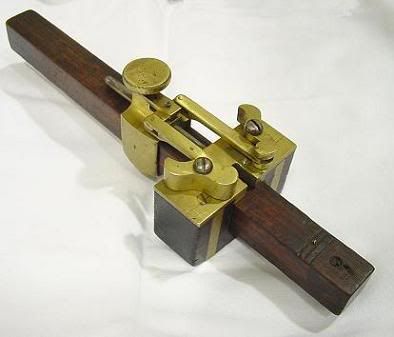
Larger image

Larger image
A side view of it from the patent:
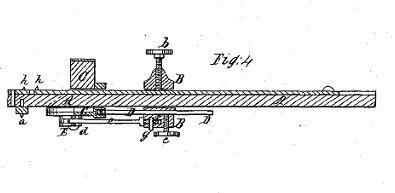
1376. This device is a cotter pin puller.
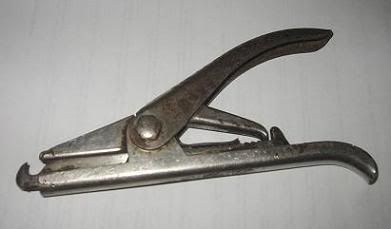
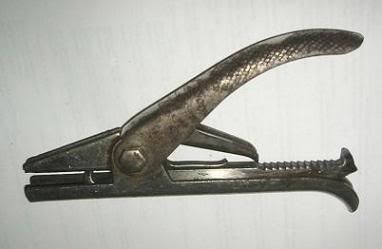
1377a. These are both man traps, the first was used by a wealthy land owner in England to catch poachers. It takes a key to open the jaws and they can't be pried apart. It was designed so as not to break the leg, a small consolation since the victim probably paid with his life.

Larger image
A shot of the keyhole:
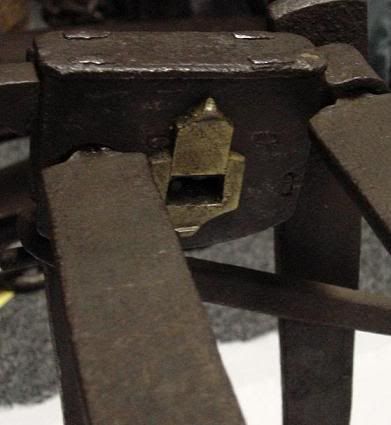

Larger image
1377b. The trap below was meant to capture a chicken thief, according to the patent:
This invention relates to jaw traps and, among other objects, aims to provide a jaw trap which may be used to capture chicken thieves, being so constructed that the more the victim struggles the closer together the jaws move. A further object is to provide a jaw trap having a jaw locking mechanism which prevents the jaws from being pried apart by the victim, the mechanism itself being so guarded that the victim cannot release himself. A further object is to provide a jaw trap for the purpose stated which is so constructed that the victim is not injured in any way.
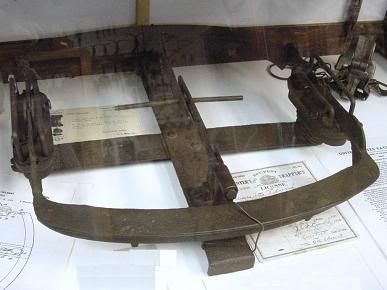
Patent number 1,840,581
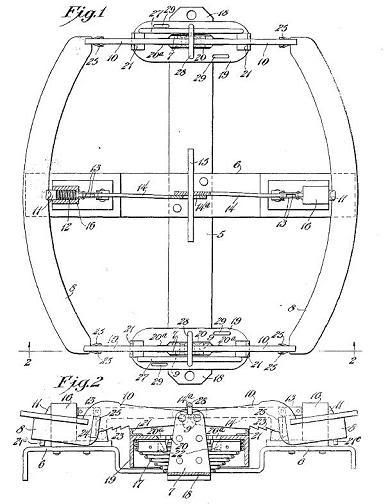
Larger image
Both traps are from the North American Trap Collectors Association Museum
1378. This tool was used for holding either a lamb's leg (14th photo from the top) or a drumstick from a roasted fowl.
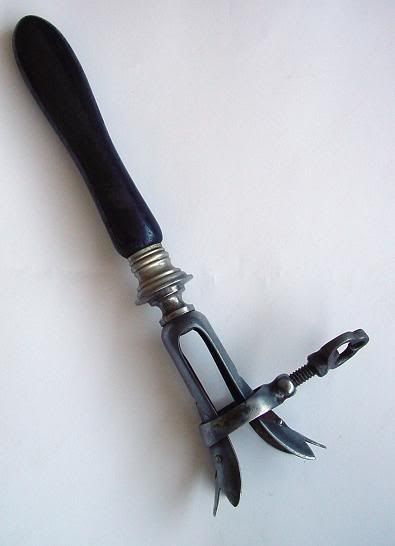
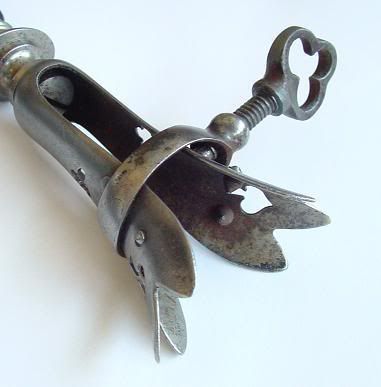
On the inside there are four small spikes on the left and two on the right.
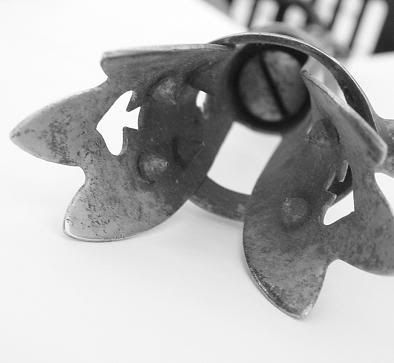
1379. This was possibly used for splitting bamboo or as a tool similar to a flax break, for breaking up plant fibers.
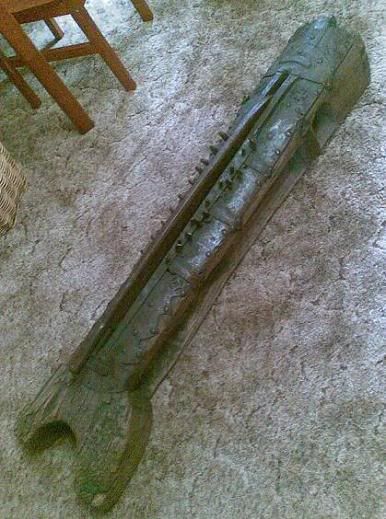
Larger image
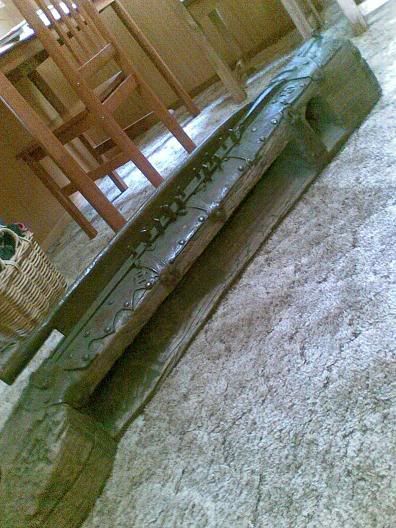
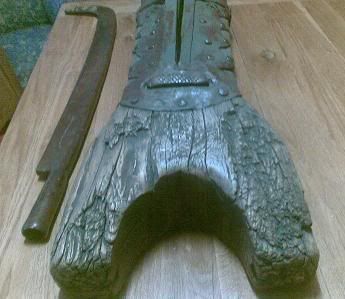
Larger image
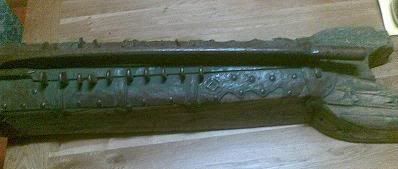
Larger image
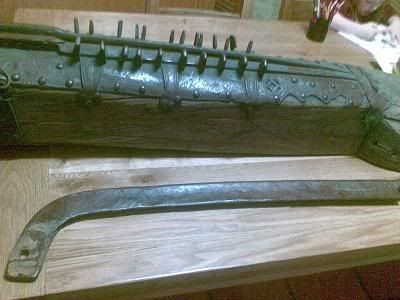
Larger image
1380. A replaceable face or demountable hammer, used for non-marring of struck surfaces. The nut was loosened to attach the inserts, which were available in rawhide, babbitt, copper, and lead. These were used by both metal and leather workers.
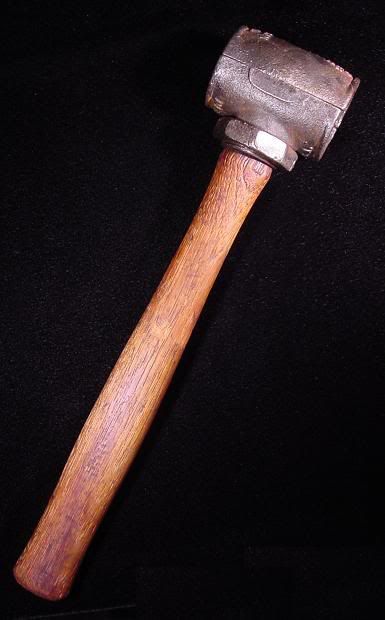
Both ends look the same:
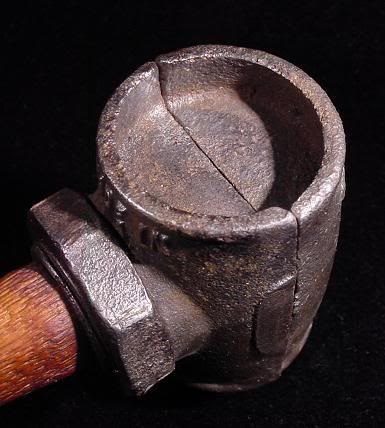
To submit photos, click on the profile link at the upper right to find my email address.
Last week's set is seen below, click here to view the entire post:
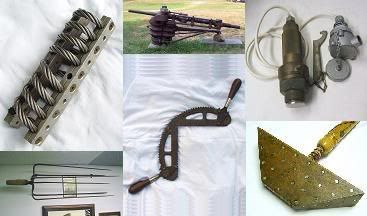
Black Ops Pro Tips
More discussion and comments on these photos can be found at the newsgroup rec.puzzles.